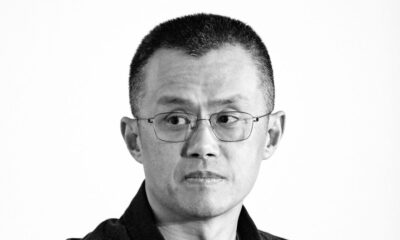Tech
Spit On, Sworn At, and Undeterred: What It’s Like to Own a Cybertruck
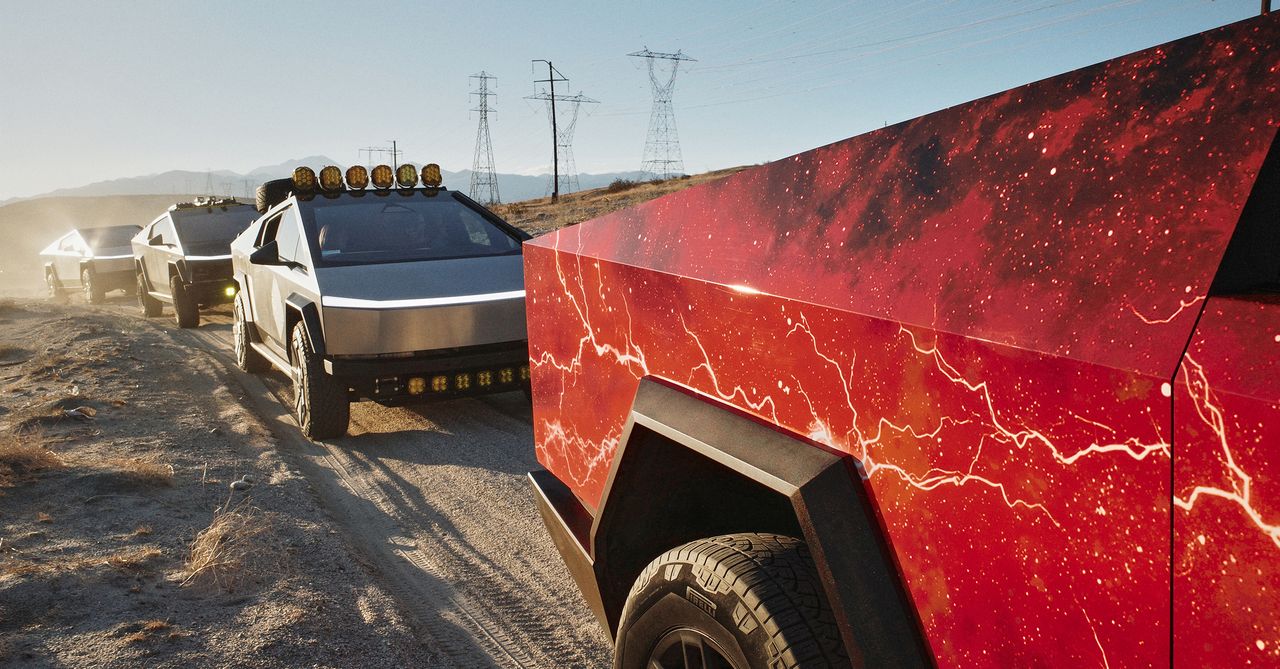
Then I got my wife the Model S for Christmas. I started driving that around, and I’m like, I kind of like this. I put an order back in for the Cybertruck and I started building the excitement after that.
How do you feel about it now?
Oh, I love it. Now, everything else to me—and I’m not talking down on anybody else’s stuff, I still love a lot of other vehicles out there—but everything else, to me, those soft lines and everything, it all kind of blends together. And the Cybertruck obviously stands out. I mean, we take the trailer out a lot, and I can go to a campground and there’s 50 kids that come out: “Cybertruck, Cybertruck, Cybertruck.” I carry little toys inside the frunk so I can pass them out and give them to kids, and they love it. It’s a lot of fun.
Anything you don’t like about it?
I can’t really see the front out of the windshield because it’s so long.
What’s the Cybertruck community like?
When I had my Bentley and I met other people with Bentleys or Rolls-Royces, it was exclusive. They were a little standoffish to other people with other vehicles. I’ve learned that with Cybertruck owners, it’s like, “Hey, you want to see it? Come on. You want to test drive? Come on.” They’re more inclusive.
What’s the biggest reaction you’ve gotten from someone while driving it?
A couple of months ago, I think it was in Idaho, my son and I stopped at this place where they had a bunch of bears. It was almost infested with bears, it was kind of gross. This person literally drove through the grass, through the bears, and cut off the other cars and was behind me following me out. And I’m like, dude, who the heck is this?
Tech
What’s the Best Mattress for Sex? Our Reviewers Lay It Out for You
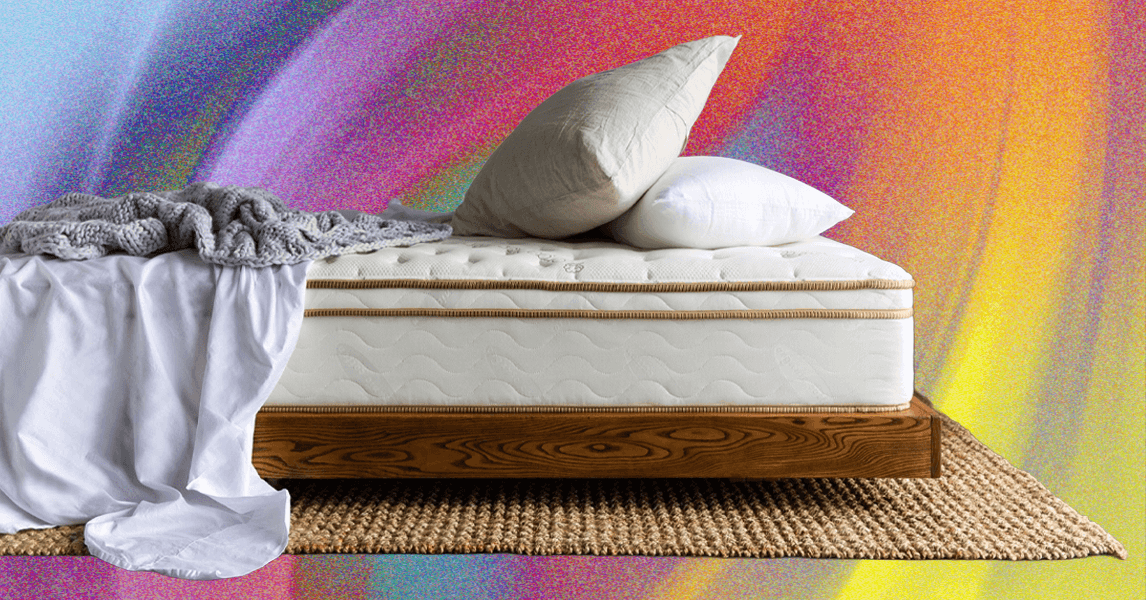
People take a lot of pride in their bedroom abilities. Saatva takes great pride in crafting luxurious, handmade mattresses. To maintain the good work in both situations, the Saatva Classic features an innerspring construction very conducive to lovemaking. There are actually two coil types at play here: pocketed coils beneath the pillow top, and firmer traditional coils at the base. Pocketed coils are better at responding to the situation above them, as they can provide individualized support that homes in on high-weight areas. Whether that’s your lower back while you’re sleeping, or your hands and knees when you’re more active, pocketed coils are adaptable. Traditional coils are interwoven, so they compress together. While the overall support isn’t as targeted, it still has its merits in terms of durability, edge support, full-body pushback, and airflow, particularly when things get hot and heavy. Together, they create a surface that’s easy to move around on and gives you some bounce to work with, which you’ll appreciate more in the moment as opposed to sinking too much. Use that bounce to your advantage.
Buyers can choose from Plush Soft, Luxury Firm, or Firm. I’d recommend you stick to the firmer options to avoid overt sinking, which can be a buzzkill. You can also select your ideal mattress height, with options of either 11.5 inches or 14.5 inches. The variance in firmness and height also opens up this mattress for all kinds of couples to enjoy, not just for sex but for sleeping as well. Couples with different body types and sleeping positions can find an option that works for both, such as Luxury Firm, which would suit both side sleepers and stomach sleepers. Every Saatva Classic comes with an extra lumbar support layer and quilting, regardless of height or firmness. For added coziness, the Classic features an organic cotton pillow top that gently hugs the body.
The Saatva Classic ranges from $1,399 for a twin mattress to $3,078 for a split California king.
| Mattress type | Innerspring hybrid |
| Firmness | Plush Soft, Luxury Firm, Firm |
| Height | 11.5 or 14.5 inches |
| Trial period | 365 nights |
| Warranty | Lifetime |
Tech
The Pepsi Man Is Coming to Save Samsung From Boring Design
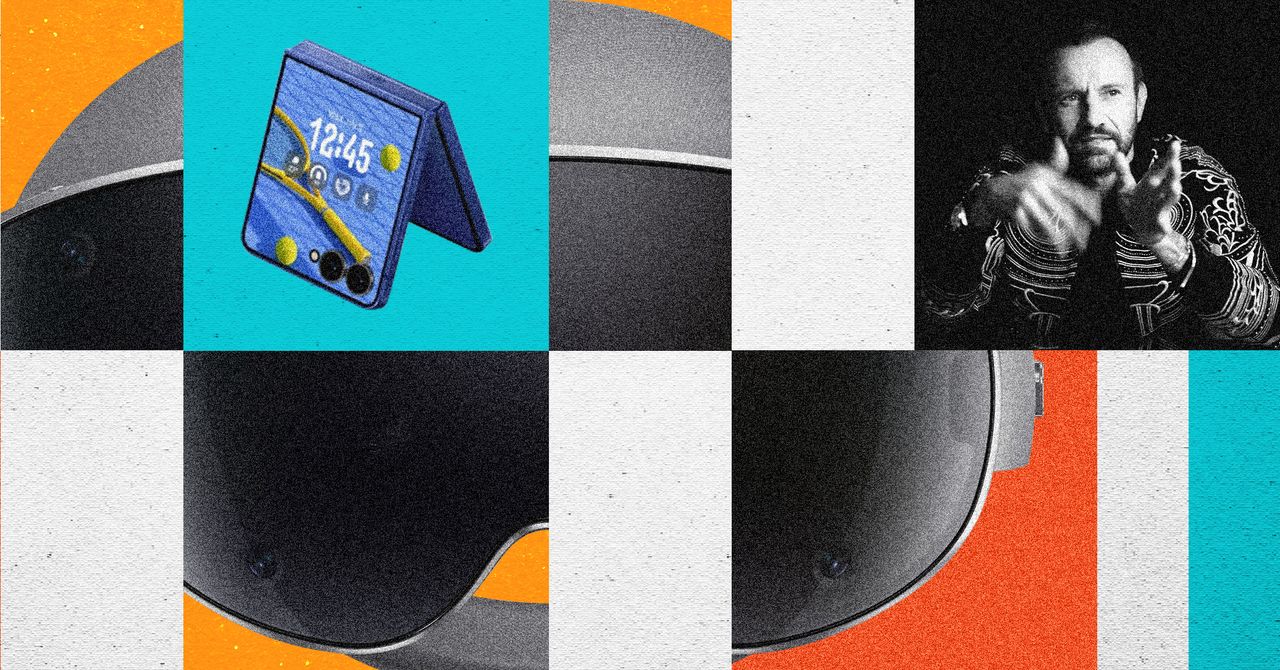
Samsung has one of the biggest product line ups of any tech brand, yet when it comes to design, it’s consistently seen as an “also-ran.” While other companies have forged distinctive and instantly recognizable design languages, such as Nothing, Samsung has found itself behind in the style stakes. When you’ve got Apple as one of your biggest competitors, that’s not a great position to be in.
That’s not to say there haven’t been improvements in the last decade, and the occasional flashes of promise—most notable in its collaborations with external designers, like the Bouroullec brothers, who fashioned the Serif TV for the South Korean company. But that hasn’t stopped complaints of boring and unoriginal design, both internally and externally, and an inertia when it has led, leaving other companies to close the gap.
Being defined by performance over personality has hardly done Samsung’s bottom line any harm—it recently regained its lead from Apple in global smartphone market share and has been the global leader in TVs for almost two decades. But, in 2025, it looks there’s finally a clear desire from Samsung to bridge the gap between form and function, by giving design the focus it’s been lacking for far too long at the company.
Back in April, Samsung hired Mauro Porcini, its first ever chief design officer. Porcini has spent more than 20 years building award-winning design teams at 3M and PepsiCo, most recently leading a successful global rebrand for Pepsi—the company’s first in 14 years.
For a company as big as Samsung, this hire feels late. Apple created the same position for Jony Ive a decade ago, around the same time it was reported that innovation at Samsung was being stifled beneath layers of management. With those structural issues supposedly unpicked, Samsung now has work to do—something Porcini is keen to acknowledge.
Late to the Party
“We are in a moment of change, where the way people interact with any kind of machine or electronic device is going to be radically different in the coming years,” Porcini tells me. “These machines will change the way people live, work, and connect with each other—the way people fulfil their needs. For a company like Samsung, having design at the top, involved in the way you define the future of the portfolio based on those needs—it’s more important than ever.”
The march of AI is, of course, a helpful hook upon which to tie this long overdue move, but Yves Béhar, the founder and principal designer at Fuseproject who worked with Samsung on The Frame TV, tells me this has been years in the making, and something Samsung had initially looked externally to help put the wheels in motion.
“When we started working with Samsung on The Frame [released in January 2017], the CEO at the time, HS Kim, came to us and said—look, we want to transform ourselves from a consumer technology company, into an experience business,” says Béhar. “So we helped them set some principles around that, and worked on getting that message out into the business—of what it means to think about experience versus tech. This is exactly what we did with The Frame TV.”
Tech
Pedestrian deaths at midblock bus stops found to be up to 5 times higher
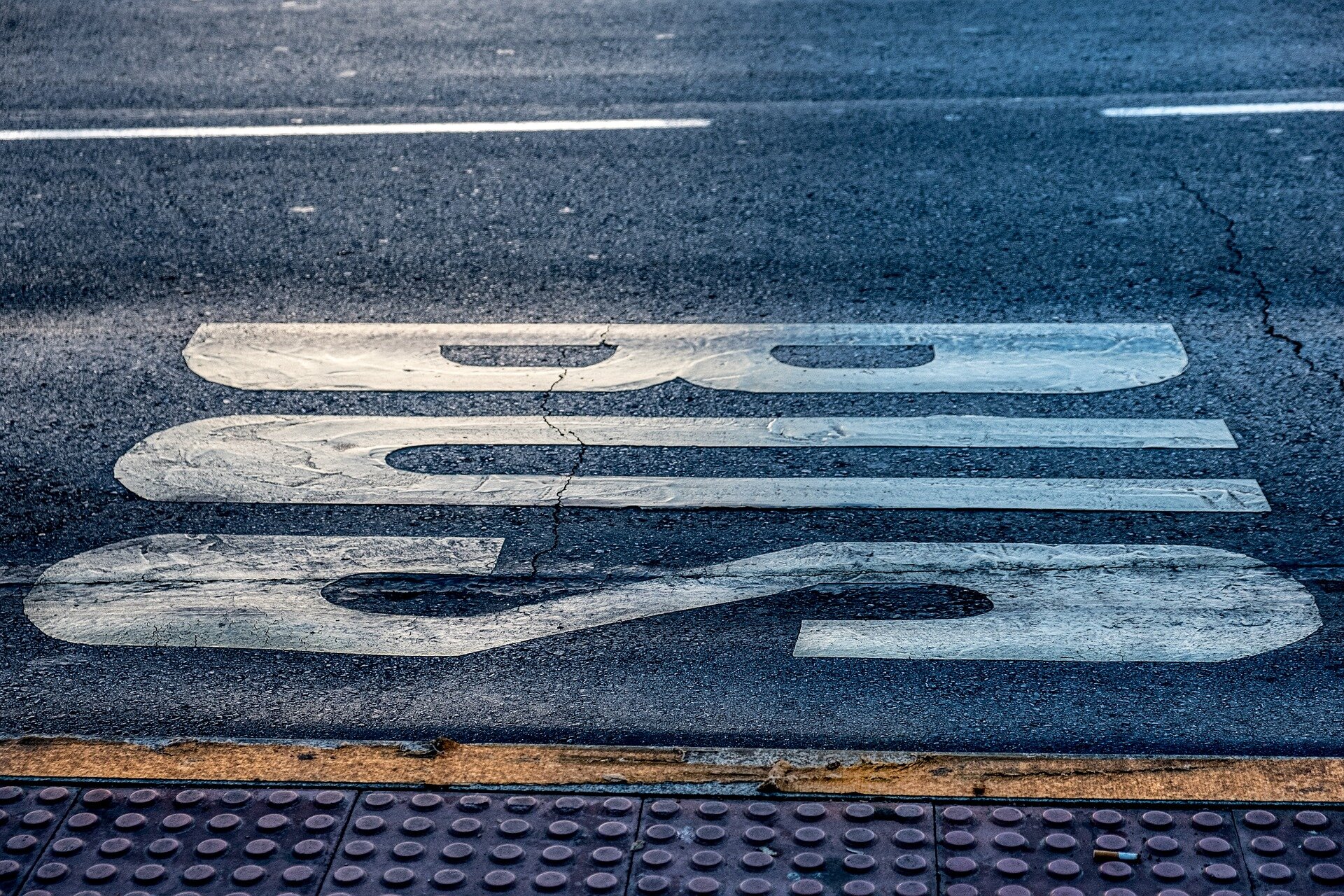
Bus transportation is an essential part of nearly every public transit system. From school students to everyday workers, riders depend on buses to transport them to the essential destinations. Because most passengers start or end their journey by walking, providing safe access to bus stops is key to enhancing pedestrian safety.
Pedestrian fatalities in the United States have significantly increased in recent years, with 2022 recording the most fatalities since 1981. While prior studies have analyzed bus stop safety using crash data, not all crashes near bus stops were directly related to the stop itself.
Candace Brakewood, an associate professor in the Department of Civil and Environmental Engineering, worked with Graduate Research Assistant Allison Rewalt and fellow CEE Professor Chris Cherry to address this gap by analyzing fatal transit bus stop-related pedestrian crashes from the Fatality Analysis Reporting System (FARS) and comparing them to other nearby fatal pedestrian crashes.
Their research, titled “An analysis of pedestrian safety at bus stops using FARS data,” was recently published in the Journal of Safety Research.
The research was funded through the Center for Pedestrian and Bicycle Safety(CPBS), which is a Tier I University Transportation Center (UTC) that is led by the University of New Mexico and includes UT, and a Dwight D. Eisenhower Graduate Fellowship that Rewalt received.
“Our work is unique because most prior studies used a more localized approach, relying on local or state crash data to understand the risks pedestrians face when walking to or from bus stops, whereas ours uses a national dataset to give us a bigger picture of what these risks look like nationwide,” Rewalt said. “Because our work is generalizable, it can be used to inform bus stop safety improvements across the country.”
Midblock stops present danger
The study uses pedestrian crash data that explicitly identifies bus stop-related crashes, providing a more nuanced assessment of crash risk factors for transit passengers and other pedestrians in the area, compared to previous studies that relied simply on proximity or other measures.
One of the key takeaways from the research is that there are three typical types of crashes that result in pedestrian fatalities at bus stops:
- pedestrians crossing to/from a bus stop at an intersection
- pedestrians waiting on the roadside at a midblock stop
- pedestrians crossing to/from a midblock stop.
Midblock stops are especially high risk, especially on high-speed arterials. Midblock locations increased the chances of a fatal crash by 4.7 to 5.2 times depending on the size of the buffer zone used in the analysis.
Pedestrians waiting on the roadside at a midblock stop is a crash subtype that is distinct to transit passengers, who often wait at the roadside for the bus to come, whereas other pedestrians would typically not be standing on the roadside for an extended period of time.
“This finding stood out because it points to a practical place to focus safety improvement near bus stops,” Rewalt said.
Finding infrastructure solutions
The UT researchers are hoping city planners, traffic engineers, and transit agencies can use their research findings to explore solutions to mitigate risk for pedestrians accessing buses. High-visibility crosswalks, especially at midblock crossings, or relocating bus stops closer to a signalized intersection could be infrastructure improvements to consider.
“We have an ongoing follow-up research project that continues to explore pedestrian safety at bus stops using a different nationwide dataset called CRSS that includes non-fatal crashes,” Brakewood said. “The overarching goal is to identify bus stop-related crash characteristics and determine which factors lead to more severe outcomes. We will have more results to share on the new project in the near future.”
Citation:
Pedestrian deaths at midblock bus stops found to be up to 5 times higher (2025, October 25)
retrieved 25 October 2025
from https://techxplore.com/news/2025-10-pedestrian-deaths-midblock-bus-higher.html
This document is subject to copyright. Apart from any fair dealing for the purpose of private study or research, no
part may be reproduced without the written permission. The content is provided for information purposes only.
-
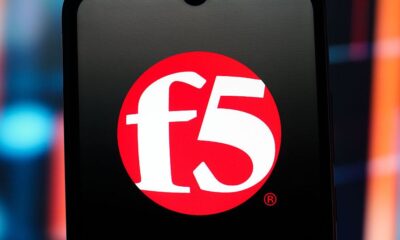
 Tech1 week ago
Tech1 week agoWhy the F5 Hack Created an ‘Imminent Threat’ for Thousands of Networks
-

 Tech6 days ago
Tech6 days agoHow to Protect Yourself Against Getting Locked Out of Your Cloud Accounts
-
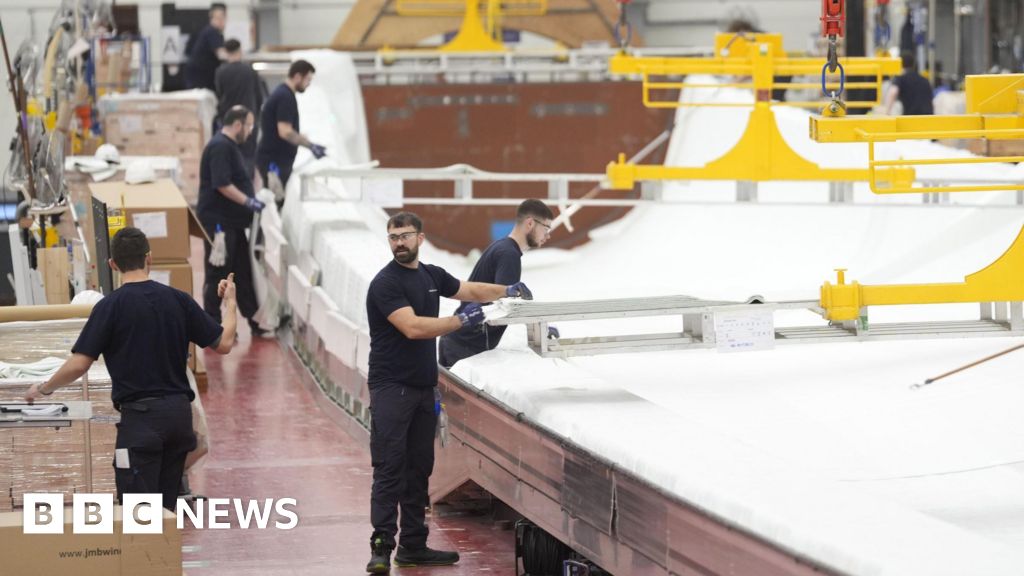
 Business6 days ago
Business6 days agoGovernment vows to create 400,000 jobs in clean energy sector
-
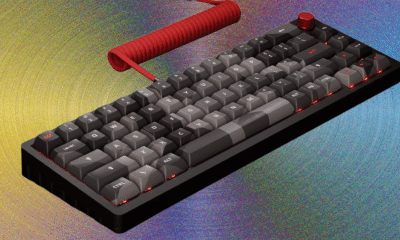
 Tech6 days ago
Tech6 days agoThe DeltaForce 65 Brings Das Keyboard Into the Modern Keyboard Era—for Better or Worse
-

 Sports1 week ago
Sports1 week agoU.S. Soccer recommends extending NCAA season
-

 Tech7 days ago
Tech7 days agoI Tested Over 40 Heat Protectant Sprays to Find the Best of the Best
-

 Sports7 days ago
Sports7 days agoPCB confirms Tri-nation T20 series to go ahead despite Afghanistan’s withdrawal – SUCH TV
-
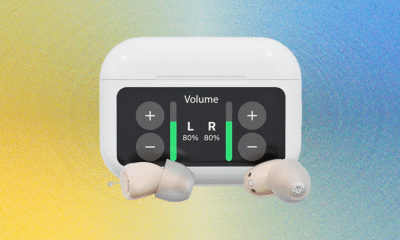
 Tech7 days ago
Tech7 days agoThe Best Part of Audien’s Atom X Hearing Aids Is the Helpful, High-Tech Case


